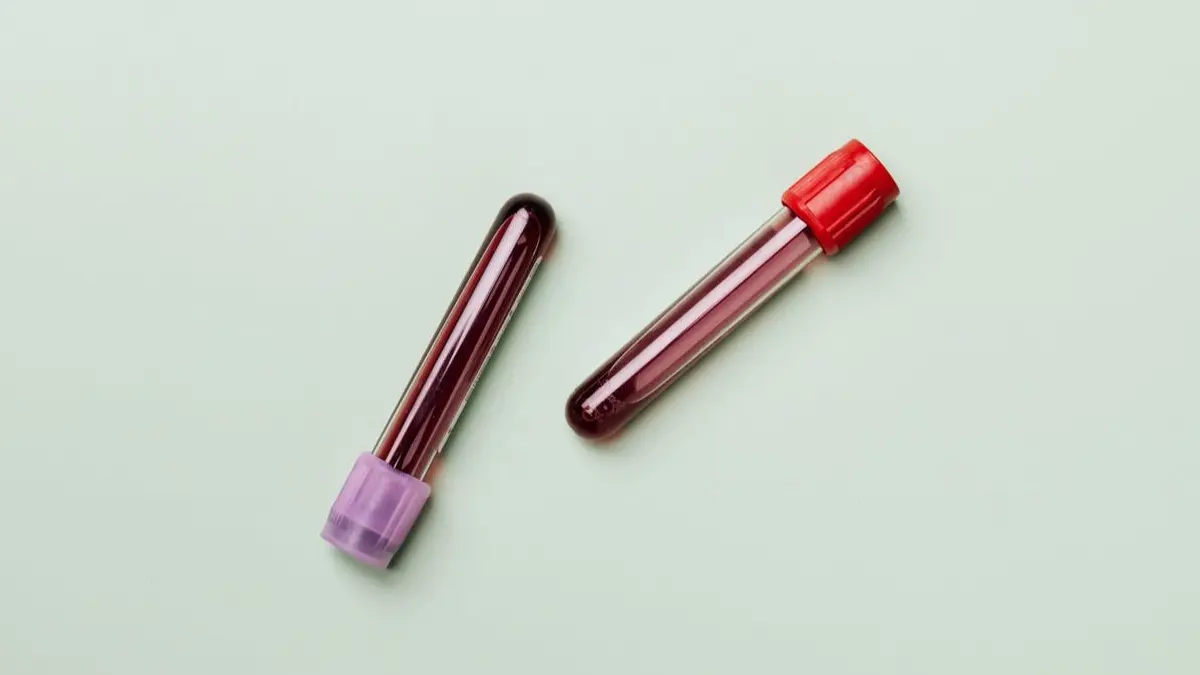Updated 30 May 2025 at 11:40 IST
What Is Artificial Blood That Japan Is Developing?
The World Health Organization (WHO) once highlighted the global scarcity of blood units. Find out how Japan's medical innovation of developing artificial blood could come to play a crucial role in saving lives if proven successful.
- Health News
- 2 min read

If you haven't been following developments in blood donation, the World Health Organization (WHO) once highlighted a concerning global shortage.
So, what happens when there’s a shortage of blood units? It leads to delays in critical medical procedures, putting countless lives at risk.
However, in a recent development, Japan’s medical innovation in creating artificial blood could save countless lives, if proven successful.
Advertisement
In July 2024, Nara Medical University announced that a clinical trial involving healthy adults to develop artificial blood will begin by March 2025, with the goal of achieving practical use by 2030.

What is artificial blood?
Artificial blood is a substance designed to replicate the function of red blood cells, serving as a substitute for real blood.
Advertisement
The National Institute of Health (NIH) explains, “While True Blood serves many different functions, artificial blood is designed for the sole purpose of transporting oxygen and carbon dioxide throughout the body.”
About the study
Professor Hiromi Sakai of Nara Medical University, who is leading the study, is using a method that involves extracting haemoglobin from expired donations.
The extracted haemoglobin is then encased in a protective shell to create stable, virus-free artificial red blood cells.
As per a report published by MedPath, the trial will start by administering 100 to 400 millilitres of the artificial blood to volunteers. And if the test results are successful, the researchers will move on to a broader study.
The replica of True Blood can be stored for up to two years at room temperature, instead of a less-than-one-month shelf life.
Countries actively involved in making artificial blood
Besides Japan, countries such as the United States, the United Kingdom, China, and many others are actively engaged in research and clinical trials aimed at developing safe and effective artificial blood to help address the global shortage of blood units.
Published By : N. Lothungbeni Humtsoe
Published On: 30 May 2025 at 10:38 IST
